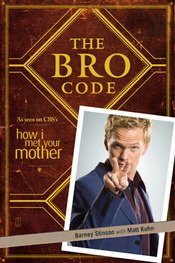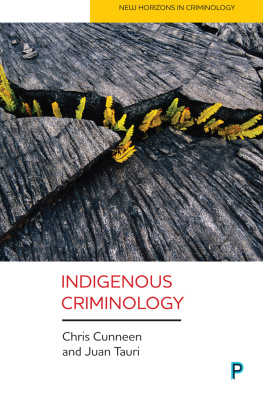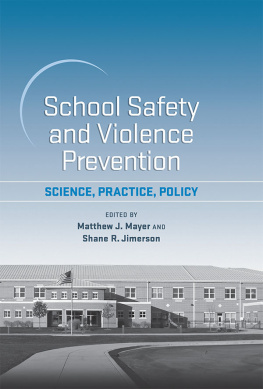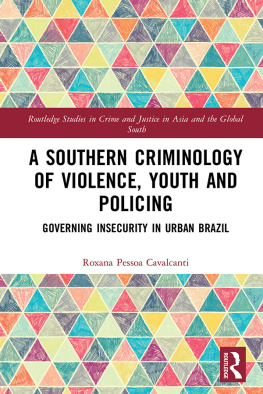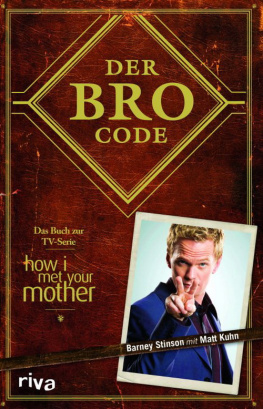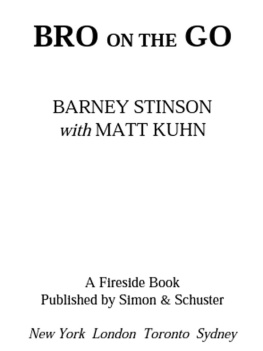University of California Press
Oakland, California
2020 by Philip Matthew Stinson, Sr.
Cataloging-in-Publication Data is on file at the Library of Congress.
ISBN 9780520300088 (cloth : alk. paper)
ISBN 9780520300095 (pbk. : alk. paper)
ISBN 9780520971639 (ebook)
29 28 27 26 25 24 23 22 21 20
10 9 8 7 6 5 4 3 2 1
ACKNOWLEDGMENTS
This book is dedicated to my son, Matthew, who has taught me the importance of never giving up. I would like to thank the following people who encouraged me to write this book or offered guidance and words of encouragement along the way: Randall Wallace, Maura Roessner, John Liederbach, Susan Brown, Michael Buerger, Adam Watkins, Derek Mason, Andy Kozal, Jeffrey Cohen, Robert Brooks, Will Oliver, Jeffrey Ian Ross, David Jackson, Steve Demuth, Bill Balzer, James Ciesla, Virginia Dubasik, Ron Scherer, Dan Lee, Yolanda Trimble, Madison Wetzell, and Sabrina Robleh. This book would not have been possible without the support of the Wallace Action Fund at Tides Foundation.
I would also like to thank each of the student research assistants who worked with me in the Police Integrity Research Group at Bowling Green State University over the past decade: Christy Adams, Sana Ali, Warifa Azeez, Jenna Bartholomew, Marta Bettinelli, Joelle Bridges, Gregory Burger, Zachary Calogeras, Evin Carmack, Paige Crawford, Vincent Crews, Natalie DiChiro, Monica Eaton, Charles Eberle, Douglas Fay, Rachel Fettinger, Madeline Fisher, Quinn Foley, Jacob Frankhouser, Maria Gardella, Madison Guinther, Austin Hadamuscin, Joanna Hanson, Justin Hernandez, Breanne Hitchen, Isaac Houser, Dominique Howard, James Howell, Ryan Hunter, Stacey Jacovetti, Nicholas Jellison, Lyla Johnson, Jessica Kirkpatrick, Tanya Korte, Conor Krofft, Theresa Lanese, Mariah Lax, Megan Lewis, Krista Long, Morgan Major, Monica Matticoli, Katelyn Moran, Kathleen Murray, Raven Ory, Jordan Parker, Tiffany Pleska, Andrew Pope, Jessica Rentner, Julia Rhoad, Ashley Roberts, Matthew Roberts, Dennis Roehrig, Andrew Rudnik, Bethany Sager, Adam Sierra, Lexie Sigsworth, Scott Stevenson, Mackenzie Stewart, Jacob Stose, Callie Stull, Christin Swanepoel, Megan Swinehart, Taylor Szalkowski, Preston Tartt, Erin Thomson, Natalie Todak, Kevan Toney, Marissa Ulmer, Baylee Valerius, Troy Wendel, Chloe Wentzlof, Georgianna Whitely, Mallorie Wilson, Emma Wirtz, Natalie Wise, and Alton Woods.
Introduction
POLICE VIOLENCE
Some cops are bad. Some cops are even criminals. The power of having a gun and a badge leads some police officers to think they can commit crimes because they are above the law, exempt from law enforcement, and able to get away with it. After all, who polices the police?
A serial rapist attacked numerous woman over a period of several years from 2002 to 2005 in Bloomington, Illinois. A masked intruder would tie up his victims and cover their heads with a pillowcase, sometimes first using duct tape to cover his victims mouth before sexually assaulting a woman. The rapist told one of his victims that he had been stalking her and knew everything about her. He knew what car her fianc drove, what her sister looked like, and he even knew her work schedule. Afterward, he would force his victims into the bathroom for a long soak in the bathtub to wash away any forensic evidence. He knew exactly what he was doing. Then one night around 1:00 a.m. in June 2006, a twenty-nine-year-old woman named Jonelle Galuska awoke to her startled dog and immediately called the police. Galuska had felt for some time that she was being watched by someone, maybe even stalked. She just sensed it. Bloomington police officer Dave Zeamer was first to arrive and saw a man, dressed in all-black clothing, standing outside next to the side of Galuskas house. Officer Zeamer immediately recognized the person. It was Bloomington police sergeant Jeff Pelo. Pelos explanation did not make any sense; he claimed that he was scouting out the area looking for a new place for his mother-in-law. Detectives later realized that Pelo had run the license plate numbers of several of his victims in a law enforcement database. Several of his victims identified Pelo as their rapist. Pelo selected his rape victims carefully by using the training, resources, power, and status of being a police officer. He thought he could get away with it. Even without
Jeff Pelo is not the only police officer to misuse a law enforcement database. During the years 200512, at least 142 police officers across the United States were charged with a crime for illegally accessing a law enforcement database. Drug corruption or an officers misguided pursuit of women is often at the root of these cases. Numerous cases involve a police officer enmeshed in the illegal drug trade who provided information from a law enforcement database to a drug dealer. In other cases an officer was paid to provide confidential law enforcement information to private investigators. Often the officers arrested for misusing a law enforcement database did so to obtain personal information, such as the home address of a woman they had come into contact with on the job as a police officer. Presumably, the information was then used to contact or stalk the woman. Some officers used license plate numbers to find out the identity of the new boyfriend of an ex-wife or ex-girlfriend. Prior to the 1980s the only way for a police officer to access vehicle and driver license information was to request that a police teletype operator or dispatcher conduct a computer search. The ubiquity of mobile computers in police cruisers has made it tempting for some officers to illegally obtain information from law enforcement databases. The procedures in place to prevent misuse of the database systems are passive because no human interaction is needed for a police officer to search a law enforcement database. I suspect that the problem at many police departments is much larger than the 142 known cases of an officer being arrested for criminal misuse of a law enforcement database would suggest. The secret nature of the police subculture provides ample opportunities for officers to misuse law enforcement resources.
THE PROBLEM OF POLICE VIOLENCE
Nobody starts their career as a police officer thinking they will end up a criminal. No rookie police officer wants to become a bad cop. Successful applicants for jobs as sworn law enforcement officers all look good on paper. They might have attended college for a few years or earned a college degree. They might be a military veteran. They are all in good physical shape and typically have no known criminal history and no known drug problems. Their neighbors, friends, college professors, former employers, and roommates all indicate to background investigators that they are good people who have the personality suitable to be a police officer. They even have good credit scores. Most law enforcement agencies require applicants for a police officer position to have all the above characteristics and to pass pre-employment psychological and polygraph examinations. Yet, there is something about the job of a police officer that leads some officers to become criminals.




